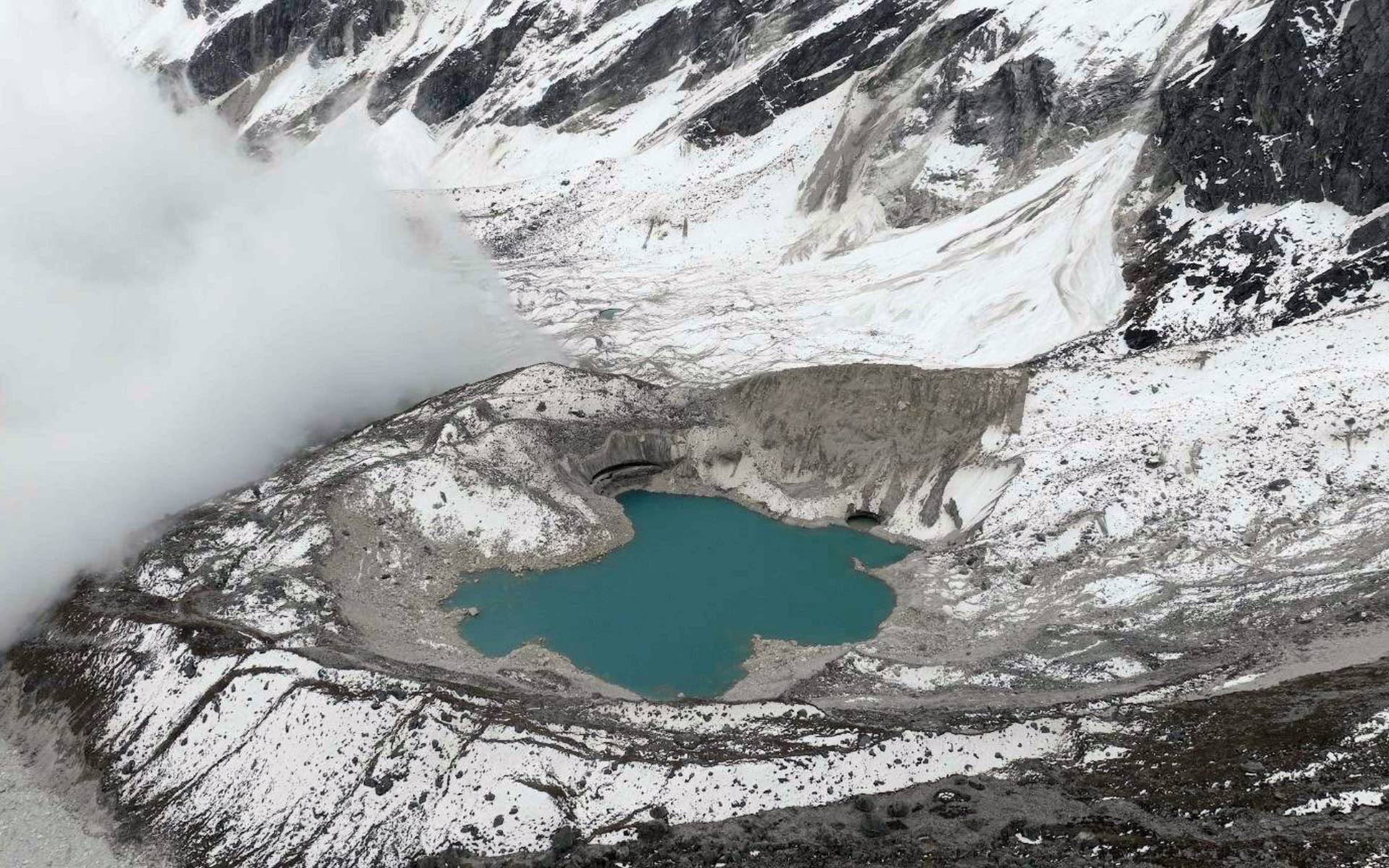
Kathmandu: A new study by the International Centre for Integrated Mountain Development (ICIMOD) has revealed that a “devastating and complex chain reaction” of natural events caused the 2024 glacial lake outburst flood (GLOF) that destroyed Thame village in Solukhumbu.
The report, titled “Thame Valley Glacial Lake Outburst Flood – Causes, Impacts, and Future Risks,” shows that a rock avalanche triggered a massive displacement wave that breached two glacial lakes, releasing over 450,000 cubic metres of water and debris downstream. Although the flood caused widespread destruction of homes, a school, and infrastructure, no lives were lost.
According to the study, Nepal has recorded over 90 GLOFs since the 1920s, with the Everest region experiencing five major events in the last 50 years. Scientists warn that climate change and rapid glacier retreat are increasing such risks, with the Hindu Kush Himalaya now home to more than 25,000 glacial lakes.
ICIMOD researcher Sudan Bikash Maharjan said, “Thame shows us that even smaller lakes can cause major disasters. We need to better understand and manage these risks.”
Co-author Tenzing Chogyal Sherpa added, “As climate extremes intensify, mountain communities are already facing the impacts. We must invest in preparedness and resilience.”
The study calls for urgent action to protect Thame Valley, including stabilizing riverbanks, monitoring high-altitude lakes, and improving flood management systems.
The findings were released at an event marking International Disaster Risk Reduction Day, jointly organized by ICIMOD, the National Disaster Risk Reduction and Management Authority (NDRRMA), and partner organizations.